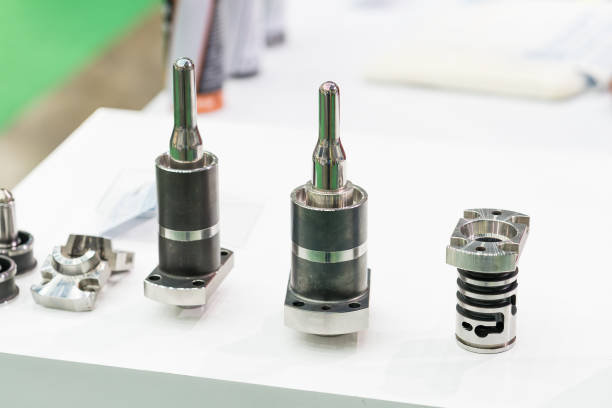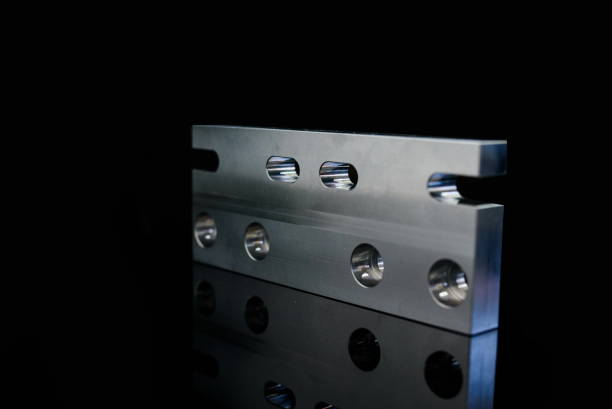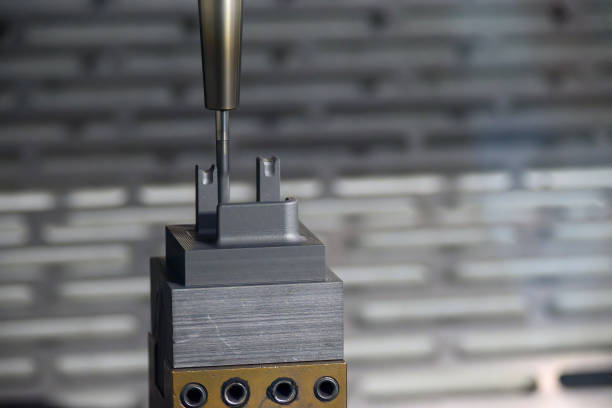How Are High Precision Mould Components Manufactured?
The process of manufacturing high precision mould components is crucial for industries that require detailed, accurate, and durable parts. These components are essential in various applications, including automotive, electronics, medical devices, and consumer goods. Understanding how high precision mould components are made will provide insight into the technical expertise required and the importance of choosing the right precision mold parts manufacturer for custom projects.

The Key Steps in Manufacturing High Precision Mould Components
1. Design and Engineering
The first step in the production of custom precision mould parts is the design phase. A team of engineers works to create detailed drawings and specifications based on the customer's requirements. This stage focuses on ensuring that the components meet the exact dimensions and tolerances needed for their intended purpose. Advanced CAD (Computer-Aided Design) software is often used to simulate the parts and optimize the design before moving to production.
2. Material Selection
The choice of material plays a significant role in the manufacturing of high precision mould components. Common materials include various metals like steel, aluminum, and titanium, as well as plastics and composites. The material selection depends on the component's intended use, its exposure to temperature extremes, and its mechanical properties. For example, precision mold parts manufacturers often use high-strength steel for mould components that need to withstand high pressure and wear.
3. CNC Machining
Once the design and material are finalized, CNC machining (Computer Numerical Control) is used to shape the mould components. CNC machines provide high precision by using computerized controls to guide tools and ensure that the components are created to the exact specifications. This method is ideal for creating intricate shapes and fine details that are necessary for high precision mould components.
4. EDM (Electrical Discharge Machining)
For complex geometries and tight tolerances, EDM is often used to refine the mould components. EDM uses electrical sparks to erode material and is particularly useful for creating intricate details or parts that are difficult to machine with traditional methods. This process is often employed for high precision applications, as it can achieve incredibly tight tolerances.
5. Surface Treatment and Coating
After the components are machined, they undergo surface treatment processes to enhance their durability, wear resistance, and appearance. Common treatments include hardening, polishing, and coating. For example, custom precision mould parts made for the automotive industry may undergo surface hardening to withstand the stresses of high-pressure environments. Coatings like chrome or nickel plating can also improve corrosion resistance.
6. Assembly and Quality Control
The final stage in the manufacturing process involves the assembly and rigorous quality control checks. High precision mould components are tested for dimensional accuracy, structural integrity, and overall functionality. Advanced measuring tools, such as laser scanners and CMM (Coordinate Measuring Machines), are used to ensure the components meet the required specifications. Any deviations are immediately corrected to ensure that only the highest quality parts are delivered to the customer.

The Role of a Precision Mold Parts Manufacturer
Choosing the right precision mold parts manufacturer is crucial for ensuring the quality of your custom precision mould parts. A reputable manufacturer will have advanced technology, skilled engineers, and a strong quality control system in place to deliver components that meet your specific needs. Additionally, they should be able to offer guidance on material selection, design optimization, and manufacturing processes to ensure that your components are both cost-effective and of the highest quality.

Conclusion:
The manufacturing process of high precision mould components requires a combination of advanced technologies, skilled craftsmanship, and a deep understanding of the industry’s specific requirements. From design and material selection to CNC machining, EDM, and quality control, every step is critical to ensuring the final product performs as expected. By partnering with an experienced precision mold parts manufacturer, you can ensure that your custom components meet the highest standards of quality, precision, and durability.
precision mold parts manufacturer custom precision mould parts high precision mould components


